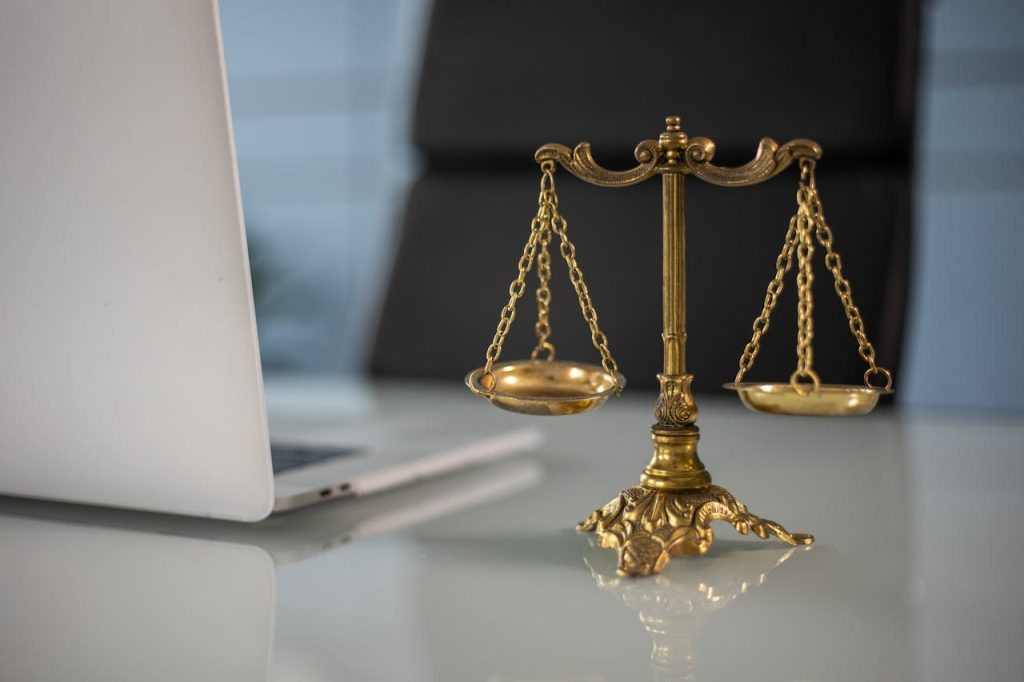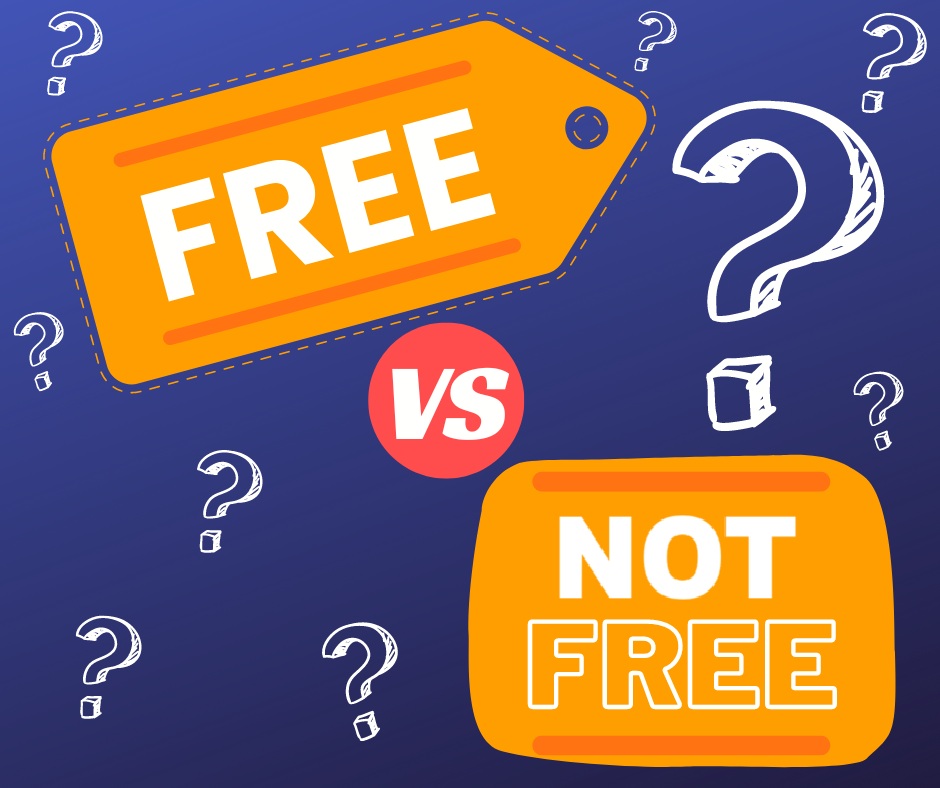Why Shouldn’t I Post Clickbait on Instagram?

Understanding Clickbait and Misleading Content
Posting clickbait on Instagram represents a manipulative content strategy that prioritizes clicks over genuine value. It deliberately creates a gap between what content promises and what it delivers. This approach exploits human curiosity through sensationalized headlines and exaggerated claims. Consequently, users feel deceived after clicking through to discover the actual content falls short of expectations.
Many content creators mistakenly believe that when they post clickbait on Instagram, they’re simply being creative with marketing. However, there’s a crucial distinction between engaging content and deceptive practices. Clickbait relies on manipulation, while effective marketing builds trust. Furthermore, clickbait often uses dramatic language, misleading thumbnails, and incomplete information to drive engagement artificially. That’s just the beginning of the problems with the practice, however. The term “clickbait” covers a rather broad range of practices, from mild exaggeration or inaccuracy on one end of the spectrum, to outright fraud on the other. In the case of the latter, the consequences could even include criminal prosecution or civil lawsuits. Even if it doesn’t go that far, your reputation, the reputation of your account, and your relationship with followers could suffer damage that’s difficult to recover from.
The psychology behind clickbait exploits our natural curiosity and fear of missing out. This is particularly effective during a time in which it seems like attention spans have become shockingly short. On top of that, people of all ages have become less willing to wait patiently for what they want. One result of that is a tendency to click–or do anything, really–without thinking. Phrases like “you won’t believe what happened next” take advantages of those tendencies and trigger an emotional response. Similarly, headlines that withhold key information create an irresistible urge to click. Nevertheless, this short-term engagement comes at a significant long-term cost to your credibility and audience relationships.
The Key Differences Between Clickbait and Effective Marketing
Legitimate advertising and compelling headlines serve your audience while promoting your content or products. They present their products and services in an attractive manner and demonstrate their appeal. Even if there is some sort of emotional hook, they generally rely on a clear and accurate explanation of the benefits of what they offer. They deliver on their promises and provide genuine value. They recognize what they can’t provide and neither state nor insinuate that they can. In contrast, clickbait prioritizes the click itself over user satisfaction. If they recognize the risk of fallout from their actions, they may take a “we’ll cross that bridge when we get there” approach or simply assume that they can get away with taking responsibility or facing the consequences. On the other hand, effective marketing respects the intelligence and time of potential customers.
Good advertising creates accurate expectations about what users will find when they engage with content. It highlights genuine benefits and interesting aspects without resorting to deception. Therefore, users feel satisfied rather than tricked after consuming the content. This approach builds positive associations with your brand and encourages repeat engagement. The relationship feels cooperative rather than competitive.
Attractive titles and descriptions can capture attention without crossing into misleading content territory. They emphasize real value propositions and authentic story elements. Moreover, they maintain consistency between the promise made and the experience delivered. This integrity forms the foundation of sustainable audience growth and brand loyalty. Like any voluntary exchange, the ideal creator-follower interaction involves maximization of the satisfaction of both parties with that exchange. Both believe that they have received something of value, whether tangible or intangible. If customers or followers believe that what was received was less than what was promised (explicitly or not), they’re likely to be less satisfied or completely dissatisfied.
How Misleading Content Damages Your Instagram Presence
When you post clickbait on Instagram, you sacrifice long-term growth for temporary engagement spikes. Instagram’s algorithm increasingly prioritizes content that generates meaningful interactions and completion rates. If users quickly exit your content after feeling deceived, the platform interprets this as low-quality material. Subsequently, your future content receives reduced visibility across the platform.
Instagram actively works to identify and suppress misleading content through its algorithm and community guidelines. The platform has invested significantly in reducing clickbait and sensationalized content. Additionally, repeated violations can result in reduced reach, shadowbanning, or even account suspension. These consequences can devastate months or years of audience-building efforts.
Your audience’s trust represents your most valuable asset on social media platforms. Once damaged, trust is extremely difficult to rebuild. When followers realize they’ve been misled, they often unfollow immediately. Furthermore, they may warn others about your deceptive practices through comments and direct messages. This negative word-of-mouth amplifies the damage far beyond individual posts.
Why Deceitful Content Undermines Audience Relationships
Building a loyal Instagram following requires consistent authenticity and value delivery. Each time you post clickbait on Instagram, you erode the relationship with your audience. Followers begin to question whether they can trust anything you share. Consequently, even your legitimate, high-quality content receives skepticism and reduced engagement.
Modern social media users have become increasingly sophisticated at identifying manipulative content strategies. They’ve been burned by clickbait countless times across various platforms. Therefore, they’ve developed a strong aversion to content that appears deceptive. When your posts trigger their clickbait detection instincts, they scroll past without engagement.
The psychological impact of feeling tricked creates lasting negative associations with your brand or personal account. People remember how content made them feel more than specific details. If your posts consistently generate feelings of disappointment or frustration, followers associate those emotions with your profile. This emotional connection becomes nearly impossible to overcome with future content efforts.
The Business Consequences of Posting Misleading Content
Professional accounts and businesses face particularly severe consequences when they post clickbait on Instagram. Your brand reputation affects not just social media performance but overall business success. Customers increasingly research brands on social media before making purchasing decisions. Discovering a history of deceptive content practices can immediately disqualify you from consideration.
Partnerships and collaboration opportunities depend heavily on your reputation within your industry and community. Other brands and influencers avoid associating with accounts known for misleading content and questionable practices. Therefore, clickbait strategies can close doors to valuable networking and growth opportunities. These lost connections represent incalculable damage to your long-term business trajectory.
Customer lifetime value depends on trust and satisfaction with the entire brand experience. When social media presence includes deceitful content, it poisons the entire customer relationship. Even satisfied customers may disengage after encountering manipulative social media tactics. This disconnection directly impacts revenue, referrals, and sustainable business growth over time.
Creating Compelling Content Without Deceit
Effective Instagram content balances attention-grabbing elements with authentic value delivery. Start by deeply understanding your audience’s genuine interests, pain points, and aspirations. Then craft content that directly addresses these elements in meaningful ways. Your headlines and descriptions should highlight the real value within your content.
Use specific details and concrete benefits rather than vague promises when describing your content. Instead of “this will change your life forever,” try “three strategies that reduced my expenses by forty percent.” This specificity builds credibility while still generating curiosity. Moreover, it sets accurate expectations that you can fulfill and exceed.
Strong visuals, compelling storytelling, and genuine enthusiasm naturally attract attention without deception. Focus on showcasing the inherent interest in your actual content rather than fabricating artificial intrigue. When you post clickbait on Instagram alternatives that emphasize authenticity, you build sustainable engagement. This approach requires more creativity but yields far superior long-term results.
How Instagram’s Algorithm Penalizes Misleading Content Strategies
Instagram’s sophisticated algorithm analyzes numerous engagement signals to determine content quality and relevance. Watch time, completion rates, saves, and shares carry significant weight in these calculations. When users quickly exit misleading content, these metrics plummet dramatically. The algorithm interprets this pattern as indicating low-quality content unworthy of promotion.
The platform specifically targets characteristics commonly associated with clickbait and sensationalized content. Excessive use of certain phrases, dramatic punctuation, and misleading thumbnail-to-content relationships trigger algorithmic scrutiny. Consequently, content exhibiting these patterns receives reduced distribution regardless of initial engagement numbers. This suppression effect compounds over time as the algorithm identifies persistent patterns.
Instagram rewards accounts that consistently deliver value and maintain positive engagement metrics across their content portfolio. Building this positive algorithmic reputation requires patience and authentic content strategies. However, attempting shortcuts through misleading content creates lasting algorithmic penalties. These penalties can take months of consistent, high-quality posting to overcome fully.
Ethical Considerations When You Post Clickbait on Instagram
Beyond practical consequences, posting manipulative content raises important ethical questions about your values and impact. Every piece of content you create influences how people spend their limited time and attention. Deliberately wasting that time through deception shows disrespect for your audience as individuals. This disregard ultimately reflects poorly on your character and integrity.
The social media environment already suffers from excessive manipulation, misinformation, and content designed to exploit human psychology. When you post clickbait on Instagram, you contribute to these broader problems. Alternatively, choosing authentic content strategies helps create a healthier digital ecosystem. This positive contribution extends beyond your personal success to benefit the entire community.
Consider the type of creator or business you want to be remembered as within your niche. Legacy and reputation matter more than temporary engagement spikes. Building success through manipulation creates a hollow achievement that lacks genuine pride and satisfaction. Conversely, growing through authentic value creation generates lasting fulfillment and respected standing within your community.
Building Sustainable Growth Through Authentic Engagement
Long-term Instagram success depends on cultivating genuine relationships with engaged, loyal followers. These relationships form through consistent delivery of promised value and authentic interaction. Each post should strengthen rather than damage the trust your audience places in you. This trust-building approach may grow more slowly initially but creates exponentially greater returns over time.
Focus on serving your audience’s needs rather than manipulating their psychology for personal gain. Ask yourself whether each piece of content genuinely helps, entertains, or informs your followers. If the primary purpose is generating clicks through deception, reconsider your approach. Instead, find authentic angles that highlight real value worth sharing.
Measure success through meaningful metrics like saves, meaningful conversations, and audience loyalty rather than vanity metrics alone. When you prioritize quality engagement over quantity, you naturally avoid temptations to post clickbait on Instagram. This values-driven approach attracts higher-quality followers who become genuine advocates for your content and offerings.
Practical Strategies for Avoiding Misleading Content Practices
Develop clear content guidelines that define your standards for accuracy and authenticity. Review each post against these guidelines before publishing. Ask whether your titles, descriptions, and visuals accurately represent the actual content. If there’s significant discrepancy between promise and delivery, revise until alignment is achieved.
Seek feedback from trusted colleagues or community members about whether your content feels manipulative or authentic. External perspectives often identify issues we overlook in our own work. Additionally, monitor comment sections for reactions suggesting followers felt misled. These signals provide valuable information for refining your content approach.
When unsure whether content crosses into clickbait territory, err on the side of transparency and authenticity. It’s better to slightly underdeliver on promises and pleasantly surprise your audience than the reverse. This conservative approach protects your reputation while allowing room for experimentation with attention-grabbing techniques. Over time, you’ll develop intuition for balancing compelling presentation with accurate representation.
VerifiedBlu is a great resource for growing your Instagram followers organically and authentically. Contact us to talk about how we can help.






